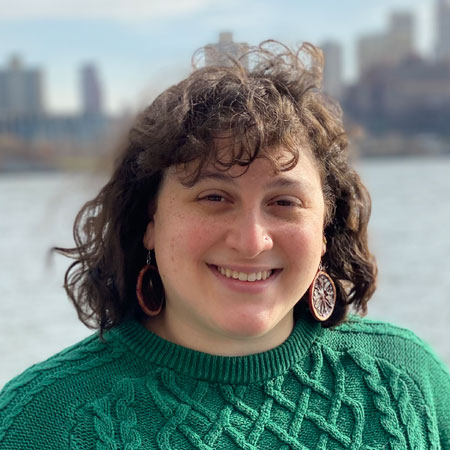Lighting from the ground up adds to the inviting atmosphere of a historic cemetery in PennsylvaniaBy Michele Zimmerman
Photo: Jered Widmer
Laurel Hill Cemetery in Philadelphia reinvents what “resting place” means for both the dead and the living—a theme designers from The Lighting Practice had to keep in mind when crafting a master plan to highlight the historic burial ground’s architecture and landscaping.
Established in 1836 after a Quaker named John Jay Smith had trouble locating his daughter’s designated plot in an overcrowded and unsanitary graveyard, Laurel Hill was his response to the less-than-ideal 19th-century burial conditions. His alternative cemetery, overlooking the Schuylkill River, provided permanent burial for its deceased residents, had no religious affiliation, and offered a picturesque setting for its living neighbors farther away from the city.
Now a National Historic Landmark and the final home for numerous prominent figures such as 40 Civil War generals and six Titanic passengers, the 78-acre cemetery is…lively. With walking tours, cinema nights, educational programs—and of course, Halloween festivities—organized by a non-profit dedicated to preserving the cemetery’s character, Laurel Hill suits the requirements for funeral-goers and tourists alike.
Part of the preservation of the space was the implementation of a lighting scheme which “envisioned the cemetery as a sort of ancient city necropolis high on a hill,” says Caitlin Bucari, lead lighting designer on the project. Master-plan development began in 2018 and the completion of Phase 1 was unveiled in early 2020. The primary goal was to focus on “the exterior views of the cemetery from the surrounding roadways—accentuating unique architectural and established landscape features—in order to renew and enhance the cemetery’s relationship with the city and regional community,” says Bucari. “The lighting accents the most visible and best-known features to draw attention to the site from many vantage points and lures viewers inward by creating vignettes that build curiosity and interest. These elements are lit from the ground with layered washes of light; the highlights and shadows give the forms weight and dimension.” Designers used RGBW LED fixtures (Acclaim) throughout the project, with white lights set to 3000K to provide a warm, friendly glow to the monuments and grounds.
While the master plan didn’t originally include details to illuminate the site for nighttime events, the opportunity to enhance the scheme presented itself, much like the opportunity to improve upon the concept of the graveyard presented itself to John Jay Smith. “Ability to color change was decided on as a way for the cemetery to participate with the local community in recognizing seasonal holidays and special events,” says Bucari. “Lighting treatments focused on creating an intimate atmosphere, and blended into the natural vistas and habitats of the cemetery.”
Lighting for the project—just like the grounds themselves—respects the natural rhythms of the cemetery’s living “residents.” Connected to a central controller in the gatehouse (Acclaim’s Aria Wireless DMX system), the lights are programmed to turn on around sundown and turn off around midnight to preserve the cycles of the surrounding wildlife.
With only two to three locations of established power at perimeter roadways to illuminate an equipment building and the gatehouse, designers were presented with the biggest challenge of bringing light into the nearly 200-year-old burial space: underground navigation to and from the power points. “Extensive trenching was needed, but had to be done in a strategic and carefully planned way,” says Bucari. “Burial plot maps are not completely accurate, as they’ve evolved over many decades, and older plots often house the remains of many family members. Determining pathways to trench in the electrical [lines] required hours on-site with contractors to carefully map out the pathways to each fixture location, zig-zagging between burial-plot boundaries and across hilly topography.”
Regardless of this challenge, Phase 1 of the cemetery’s lighting scheme lives on. As the site receives more funding, schematics are planned to evolve over time. While Bucari says much of the property “is still in total darkness,” it’s clear that the cemetery is nonetheless alight with activity.
THE DESIGNERS
Caitlin Bucari is senior lighting designer with The Lighting Practice.
Alfred Borden, Fellow IALD, is retired principal and founder of The Lighting Practice.
Angela Banner is lighting designer II with The Lighting Practice.
John Conley was formerly a designer with The Lighting Practice.
Alina Wolf was formerly a designer with The Lighting Practice.
Matt Williams is project manager with Miller Bros. Electrical Contractors.


